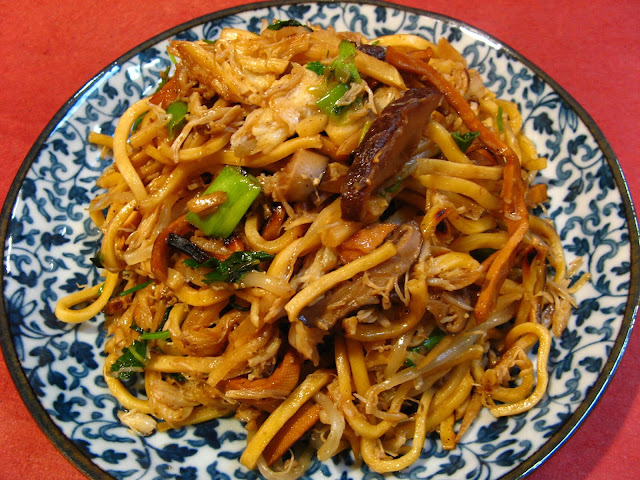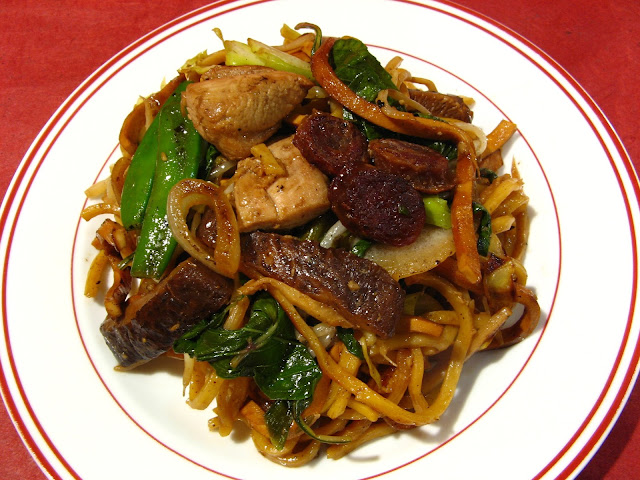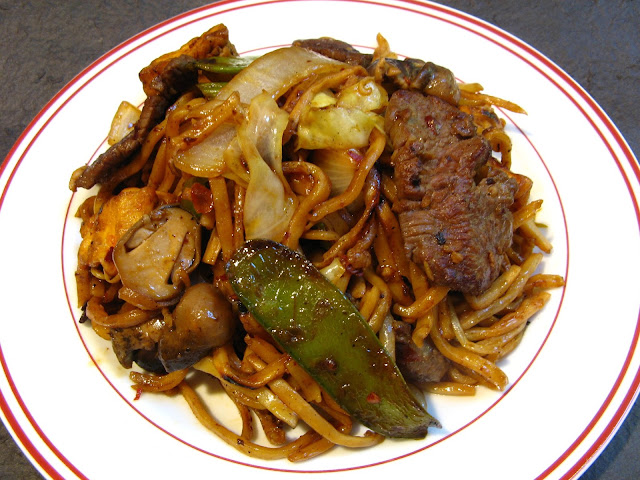Dungeness crab is a crab that’s native to the West coast of
the North America. Whenever it’s available, I try to purchase freshly cooked
crab to use in dishes. Any crab can be used in this dish if Dungeness crab is
not available, and if you’re not fortunate enough to be able to buy fresh
cooked crab, canned or frozen can be substituted. For this dish, I used a
variety of herbs (ginger, scallion, cilantro, and mint) to give this noodle
dish a fresh and distinctive flavor. The shredded spice tofu gives the dish a
texture contrast (to the other ingredients) and adds to the flavor of this
noodle dish.
Enjoy!



















